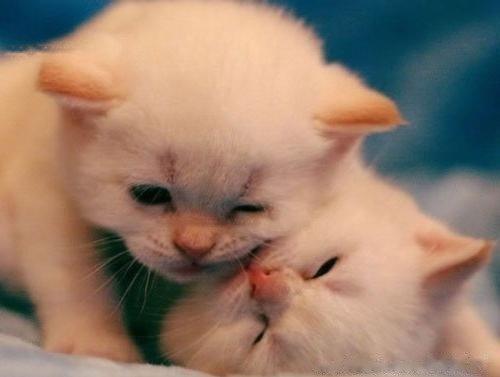We often see pets such as cats or dogs chasing their tails and even biting their tails. At this time, we may I will feel that this is a small game that the cat is bored and finds for himself, but our thoughts may be far from the actual situation. Why does the cat chase his tail? I believe many parents also want to understand this behavior. What is the reason behind.

1. Tail injury
I don't know if you have noticed that after cats are injured, their The first reaction is always to lick the wound. So when cats are injured on their tails, they will habitually search for their wounds, and then they will chase their own tails. Additionally, cats can also tail-flash when they have anal gland infections or other underlying medical conditions.
2. Obsessive-compulsive disorder
Some animal behaviorists define part of the cat's tail-flicking behavior as cat hypersensitivity, which is mainly a neurological disorder. Behavior, a bit similar to human obsessive-compulsive disorder. When cats suffer from feline hypersensitivity, they will keep staring at their tails and keep trying to scratch their tails. Some cats will also lose large pieces of hair on their tails due to plucking. If cats can't get rid of this compulsive behavior, they will become more and more aggressive. At this time, no one should approach them rashly, otherwise they are likely to be bitten or scratched.
Therefore, when an owner sees a cat chasing its tail, they must first determine what the real reason for the cat is. If the cat's tail is injured or suffers from some latent diseases, the owner should take them to the veterinary hospital for treatment in time, and if the cat suffers from cat allergies, the owner should cooperate with the guidance of a veterinarian or some animal behaviorist so that the cat can recover as soon as possible normal.

Subscribe to Newsletter
Professional platform for pets, dogs and cats.
![[Dog Training 5] The training method of pet dog dining etiquette](/static/img/12192/12192_1.jpg)




